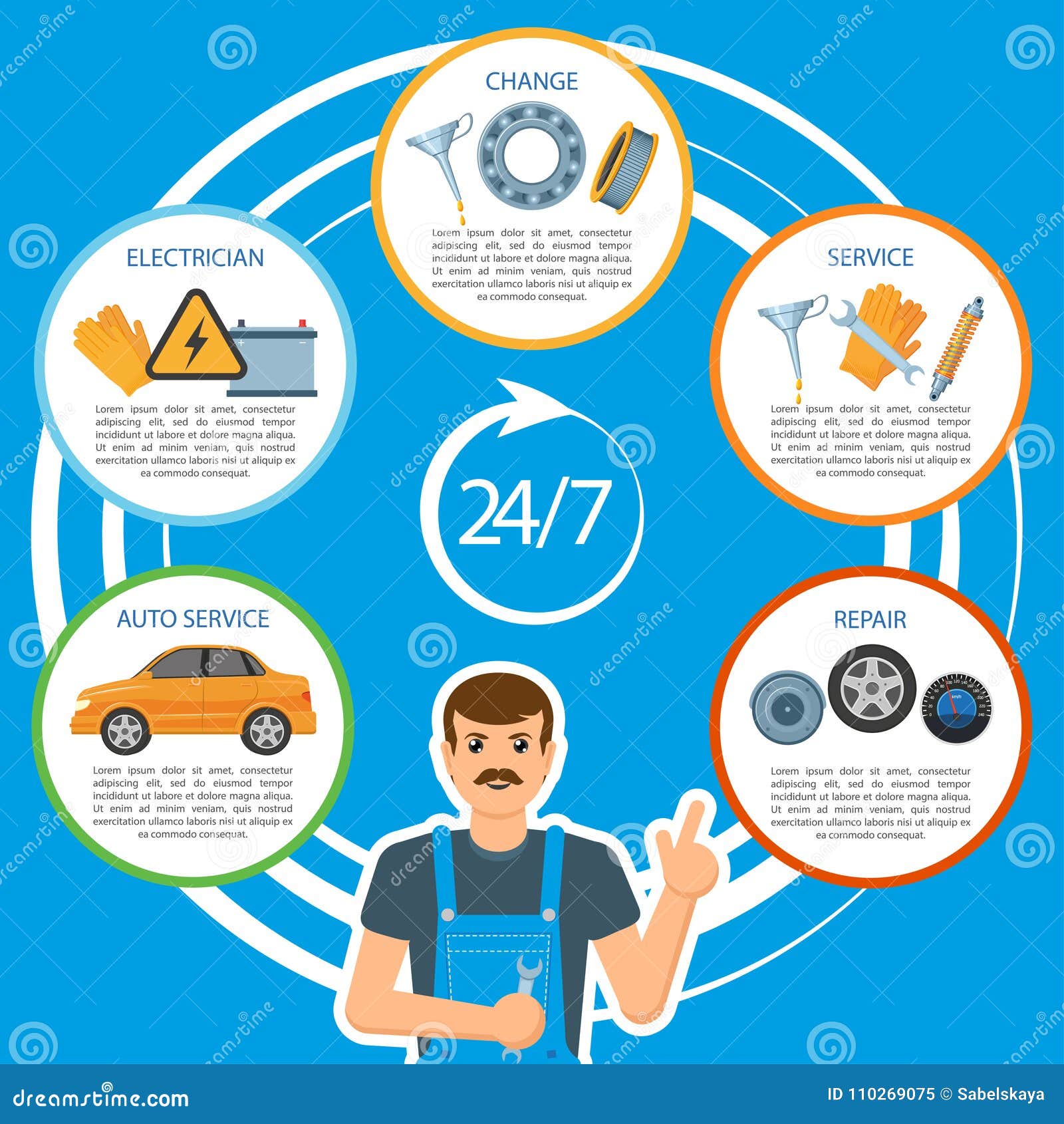Analyzing Your Cars And Truck'S Caution Indicators: What They Really Share
Analyzing Your Cars And Truck'S Caution Indicators: What They Really Share
Blog Article
Created By-Samuelsen Torres
When you lag the wheel, those radiant caution lights on your dashboard can be a little bit bewildering. Do you know what they're attempting to tell you regarding your vehicle's health and wellness? Recognizing the relevance of these lights is important for your safety and the durability of your lorry. So, the next time one of those lights turns up, wouldn't you wish to decode its message precisely and take the needed actions to address it?
Common Caution Lighting and Interpretations
Recognize usual caution lights in your car and recognize their meanings to ensure secure driving.
The most normal caution lights consist of the check engine light, which signifies concerns with the engine or discharges system. If this light begins, it's important to have your vehicle examined immediately.
The oil stress alerting light suggests low oil pressure, calling for instant focus to avoid engine damages.
https://oilchangeplaces49494.blogchaat.com/32152137/exactly-how-can-mobile-vehicle-detailing-transform-your-automobile-treatment-experience-while-making-certain-top-quality-discover-the-key-elements-to-consider-prior-to-picking-a-detailer blinking battery light may suggest a faulty billing system, potentially leaving you stranded otherwise dealt with.
The tire pressure surveillance system (TPMS) light signals you to low tire pressure, affecting car security and gas effectiveness. Ignoring this might lead to unsafe driving problems.
The ABS light indicates an issue with the anti-lock braking system, jeopardizing your capability to quit swiftly in emergency situations.
Last but not least, the coolant temperature cautioning light warns of engine getting too hot, which can result in severe damage if not settled swiftly.
Understanding these common warning lights will assist you resolve problems promptly and keep secure driving conditions.
Importance of Prompt Interest
Comprehending the common caution lights in your auto is only the primary step; the relevance of immediately addressing these cautions can't be emphasized sufficient to ensure your security when driving.
When a caution light brightens on your dashboard, it's your cars and truck's way of communicating a possible problem that needs focus. Ignoring these cautions can result in much more extreme problems in the future, compromising your safety and possibly costing you extra in repairs.
Prompt focus to alerting lights can prevent breakdowns and crashes. As an example, a flashing check engine light could indicate a misfire that, if left neglected, can trigger damage to the catalytic converter. Resolving this promptly can conserve you from an expensive repair service.
Similarly, a brake system cautioning light could signal low brake liquid or used brake pads, vital parts for your safety when driving.
Do It Yourself Troubleshooting Tips
If you see a caution light on your dashboard, there are a couple of do it yourself fixing pointers you can try prior to looking for specialist assistance.
The primary step is to consult your cars and truck's manual to recognize what the certain caution light indicates. Occasionally carvaletnearhowickaucklandprices can be as basic as a loose gas cap setting off the check engine light. Tightening the gas cap may fix the problem.
Another usual concern is a low battery, which can activate various alerting lights. Examining the battery links for rust and guaranteeing they're safe might deal with the trouble.
If a caution light continues, you can attempt resetting it by separating the automobile's battery for a couple of minutes and after that reconnecting it. Furthermore, examining your automobile's fluid degrees, such as oil, coolant, and brake fluid, can aid repair warning lights associated with these systems.
Conclusion
In conclusion, recognizing your car's caution lights is important for maintaining your automobile running efficiently and securely. By immediately resolving these alerts and understanding what they mean, you can prevent costly fixings and possible failures.
Bear in mind to consult your automobile's guidebook for certain information on each alerting light and do something about it appropriately to make certain a trouble-free driving experience.
Remain informed, remain safe when traveling!
